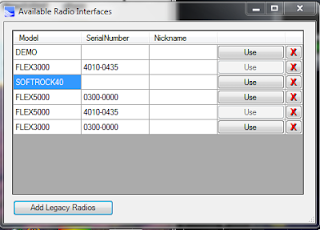Real time Morse decoder - New Ideas
Below is a link to a video clip from CQ WW WPX ham radio contest. I am using CW Skimmer software to decode 100+ stations in this 24 KHz section of the 7 Mhz radio band.On the left panel the waterfall display shows about the frequency spectrum on vertical axis - horizontal axis is real time. Blue color is the background noise level, yellow / orange shows the received Morse code signals. There is also quite a lot of noise and interference as shown by yellow/green dots.
On the right panel the Morse decoder attempts to decode the signals in raw text mode. There is some 100+ decoder instances active on this demo video. Noise seems to generate a lot of "false" decodes - visible as lines with many "E" or "I" characters. In Morse code a single "dit" is letter "E" so it is quite difficult to determine whether noise spike was a real signal or not. It seems that CW Skimmer software handles this problem at higher level of the decoder chain with Bayesian algorithms. You can see how the software corrects decoded characters once additional data becomes available.
As I was studying alternative and new ways to tackle the Morse decoding problem from noisy signals I stumbled across this sparse distributed models of sequence memory - see video recognition example by Dr. Rod Rinkus.
I wonder if this technology could be used for Morse code recognition in noisy HF bands? Sequence memory would probably help with random "dits" problem explained above. Once the system learns typical Morse character sequences, words and phrases that are used in ham radio communications it should be able to recognize real signals from noise.
The system Dr. Rinkus has developed has many advantages such as:
- Can learn sequences with a single trial
- Use Sparse Distributed Representation for individual sequence items and sequences
- Can recall individual sequences as well as recognize novel sequences
- Constant computational time complexity - O(1) sequence comparison, O(1) learning - may lend well in real time processing?
- Recognition of noisy and time-warped sequences
There is a video in here where Dr. Rinkus explains in detail how the system works. See also this paper.
73
Mauri AG1LE














